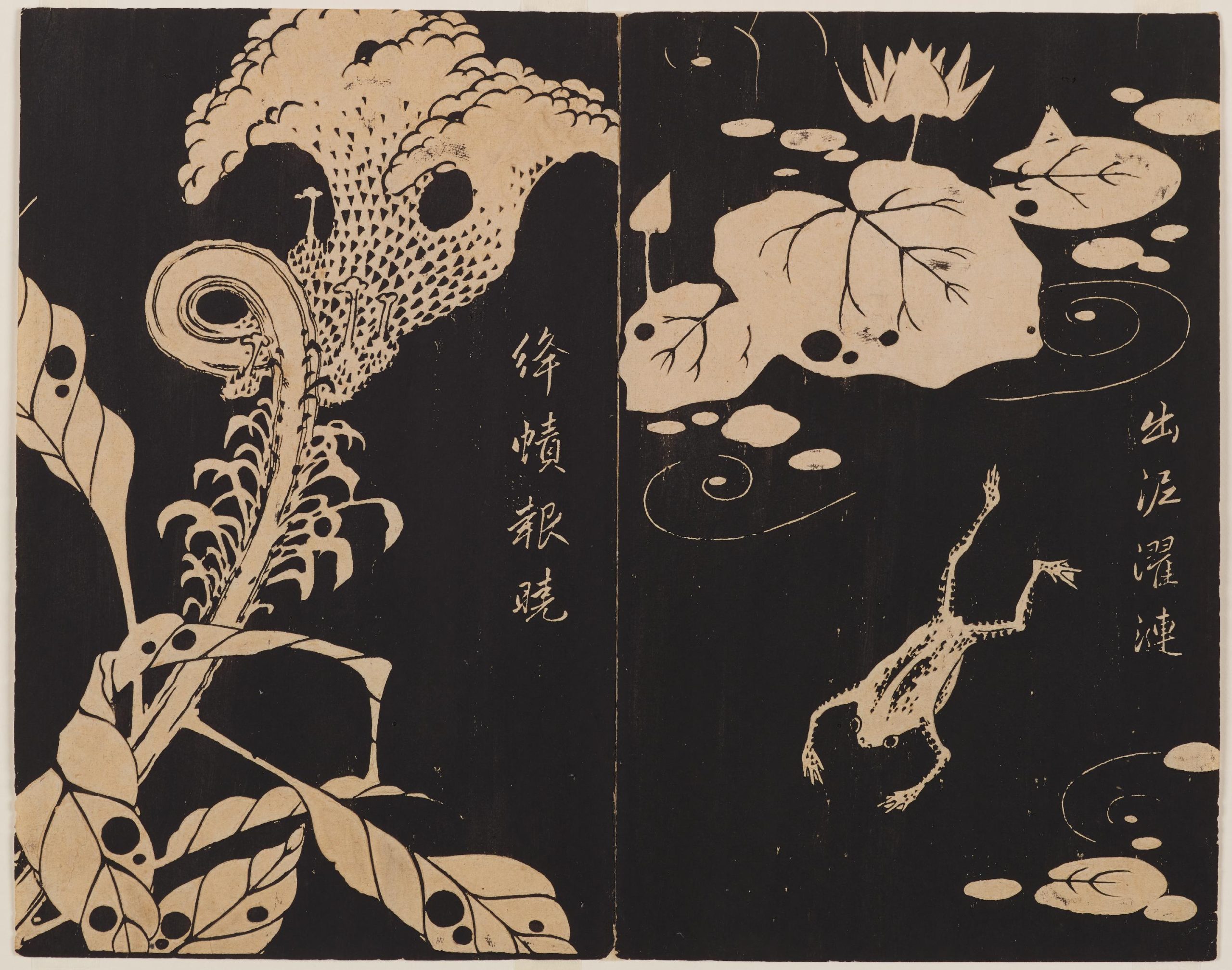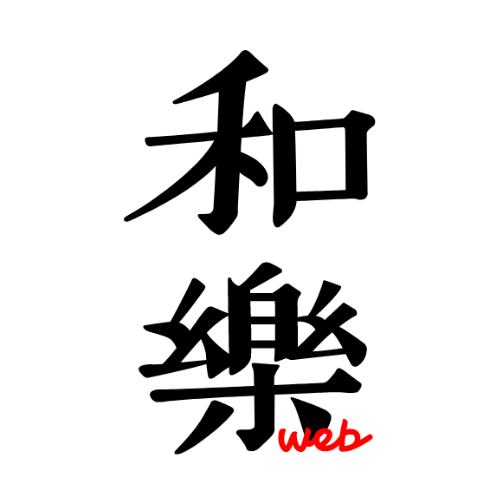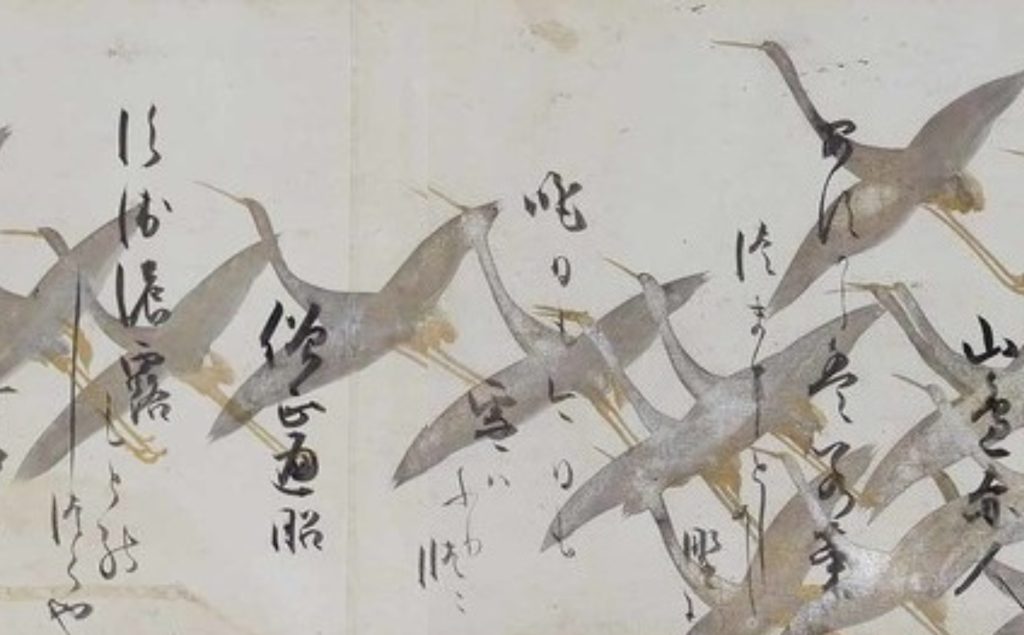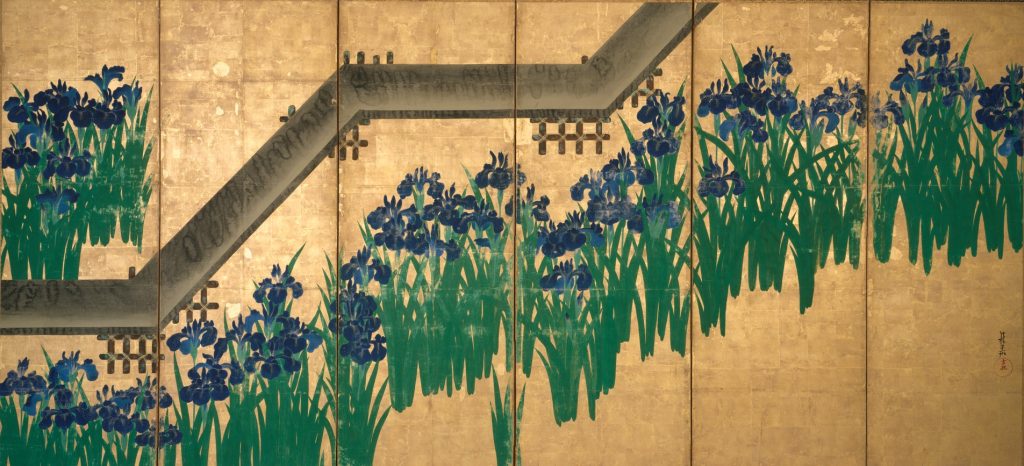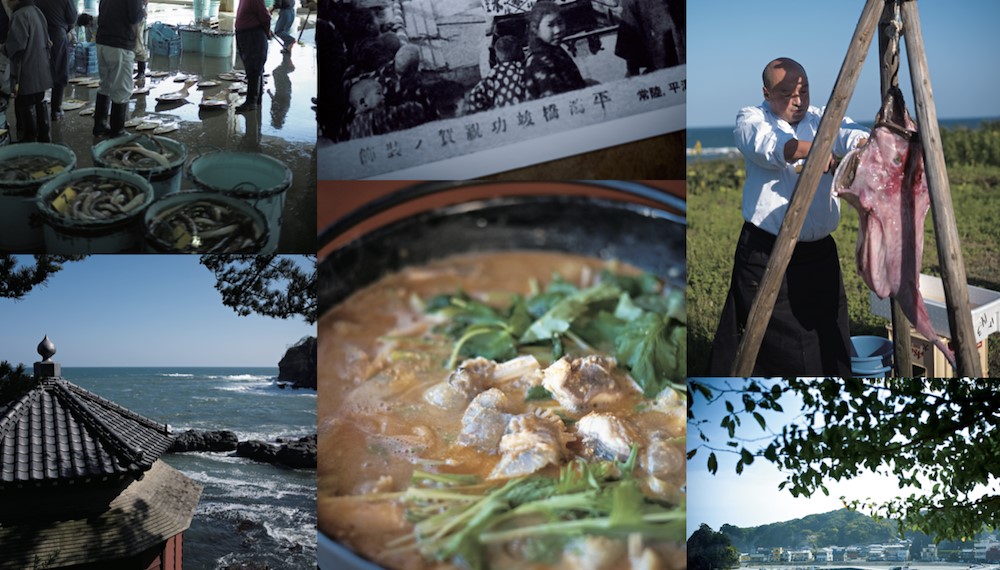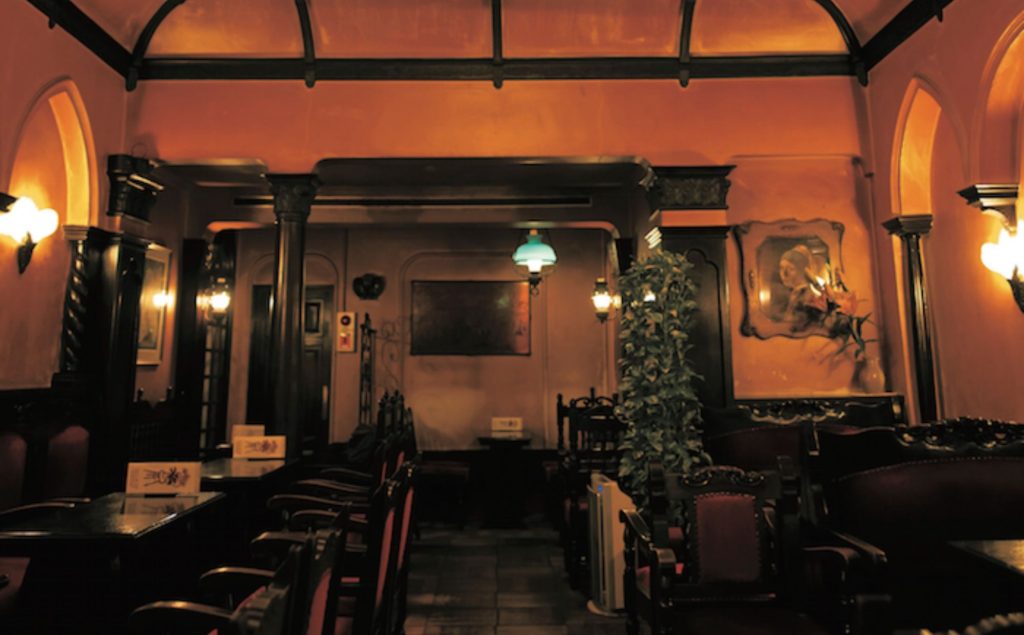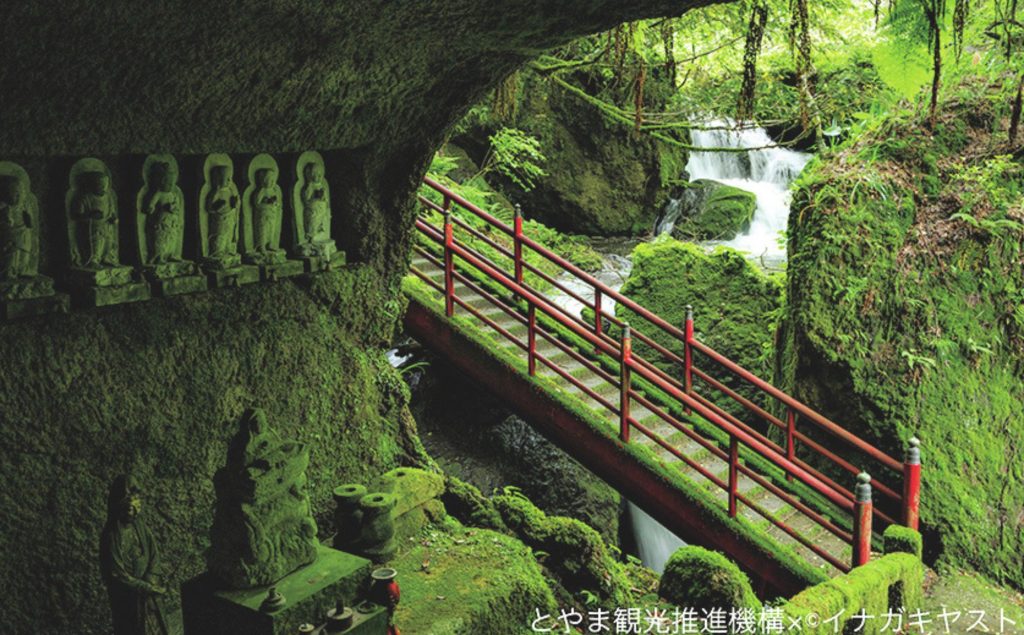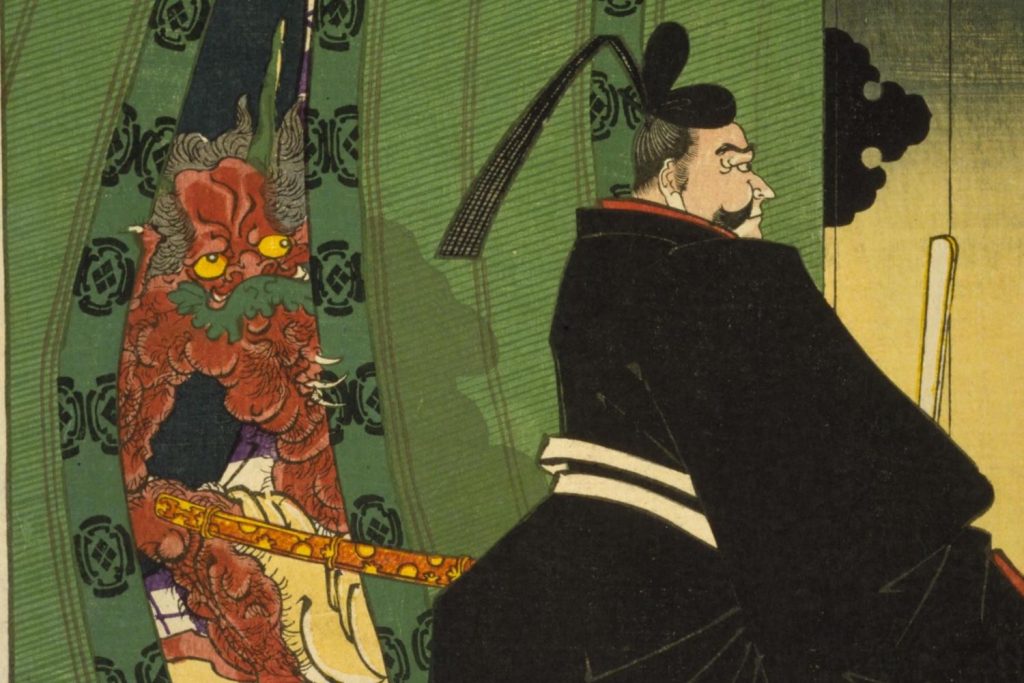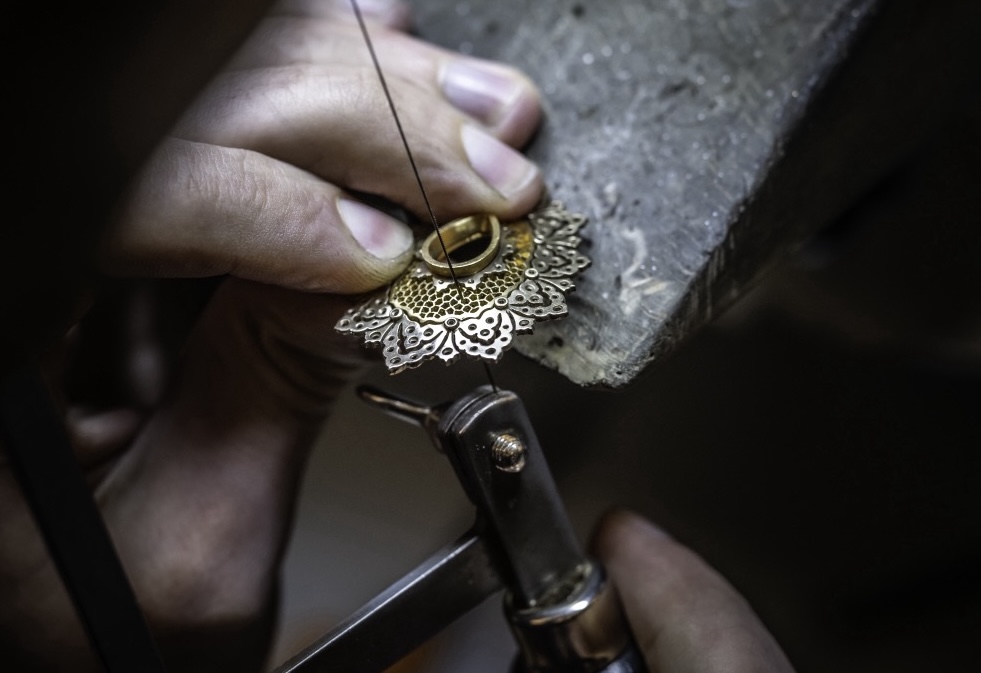One of the most popular painters in Japanese art today is Ito Jakuchu, who was active in the Kyoto art world in the 18th century. However, in contrast to his fame, not many records of his personality have survived. What can be seen from the few historical documents available, however, is a unique personality and an unusual life, unparalleled by any other painter. This book uses 25 key words to reveal the life of one of the most gifted painters in the history of Japanese art!
1. “I’m not a Greengrocer!”
His family were a successful fruit and vegetable wholesaler
Ito Jakuchu’s parents were ‘Masuya (桝屋)’, a fruit and vegetable wholesaler in Nishiki Ichiba (錦市場), Kyoto. A wholesaler of produce was not what you would call a greengrocer, but rather a trading company that organised retailers, middlemen and producers of vegetables and fruit. The head of the Masuya family has been called Genzaemon (源左衛門) for generations, and Jakuchu lost his father at the age of 23, becoming the fourth Genzaemon. But he was not a sociable person by nature, and rumour has it that he went into hiding deep in the mountains of Tanba (丹波) for two years, perhaps because he was fed up with the troublesome relationships. It is said that many merchants who did business with Masuya were annoyed by the mountaineers’ attempts to take away their rights while he was away.
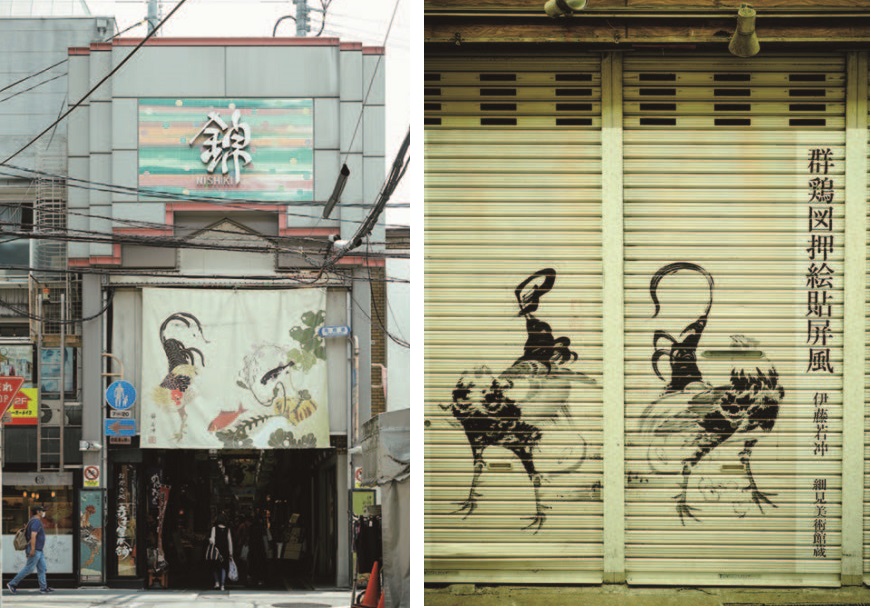
2. “Born into wealth”
Born into wealth as a spoiled rich boy?!
The wholesaler Masuya in Nishiki Market, which was and is still bustling with many people every day, earns enough profit just by charging for space on the sales floor, and Jakuchu, who became its young master, would have had no trouble making money. He could have lived a comfortable life, being well educated, developing his wealth, having a wife and children, and enjoying fine foods, but Jakuchu deviated from the lifestyle that his father had built for him and his family.
3. “His first teacher was from the Kano school ?”
When learning to paint, start off with the Kano school
In the Edo period, the main way for people to learn painting was to enter a painting school of the Kano school. Jakuchu is said to have studied painting from a painter of the Kano school, and it is said that Ooka Shunboku (大岡春卜:1680-1763) of Osaka may have been that painter, but it is not clear whether this is true or not. Shunboku is known as the person who popularised the Kano school’s painting method by publishing a number of painting books, including ‘Ehon tekagami (画本手鑑)’ and ‘Wakan meigaen (和漢名画苑)’. It is thought that Jakuchu also learnt painting from these books.
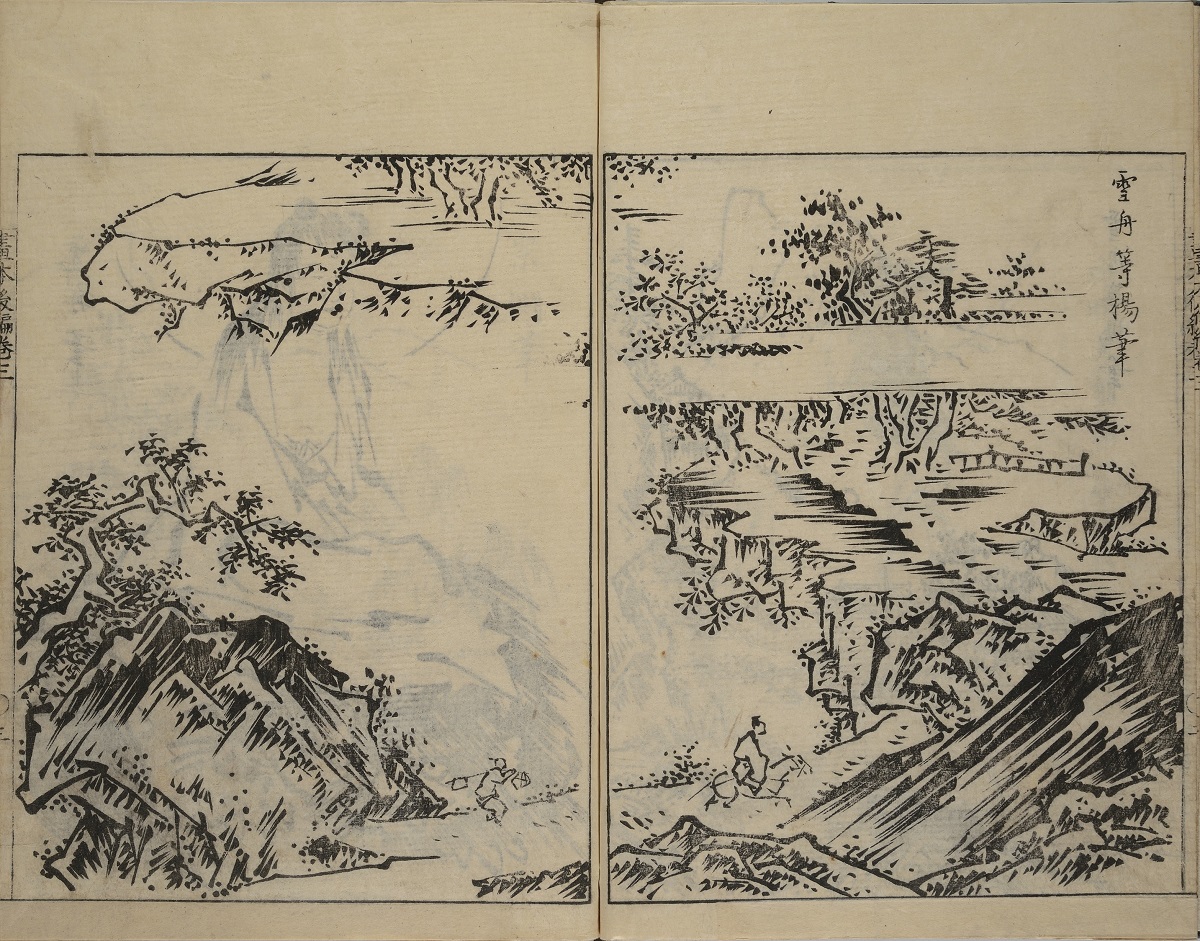
4. “Dokurakuka (独楽窩)”
Painting alone in the sanctuary of his studio
In ‘Shouju bankeizu (松樹番鶏図)’, which Jakuchu painted when he was 37 years old, there is an inscription that reads ‘壬申春正月旦呵凍筆於平安独楽窩 若冲居士’. It means “On the morning of New Year’s Day in 1752, I wrote this while blowing on a frozen brush to warm it up in the Heian Dokurakuka”. We know that Jakuchu painted in his studio, which he called ‘Dokurakuka (独楽窩)’, or “a dwelling place for enjoying oneself”. From 1755 onwards, we can also see the room name ‘Shin-en-kan (心遠館)’, and it is thought that Jakuchu devoted himself to his work in two studios at this time.
5. “His disciples, and his younger brother, Hakusai”
He had several apprentices, and his brother also painted
Jakuchu has the image of a solitary painter, far from being sociable. It is hard to imagine that he had any disciples, but in fact, it seems that he had several disciples, including Wakaen (若演) and Icchu (意冲). Especially, Wakaen, Jakuchu’s closest friend and assistant is believed to have been Jakuchu’s apprentice, and many of his works are still preserved. Jakuchu’s younger brother Sogon (宗巌), to whom Jakuchu handed over the reigns of the family, also painted under the name Hakusai (白歳), under the influence of Jakuchu. Hakusai is thought to have been named after the vegetable hakusai.
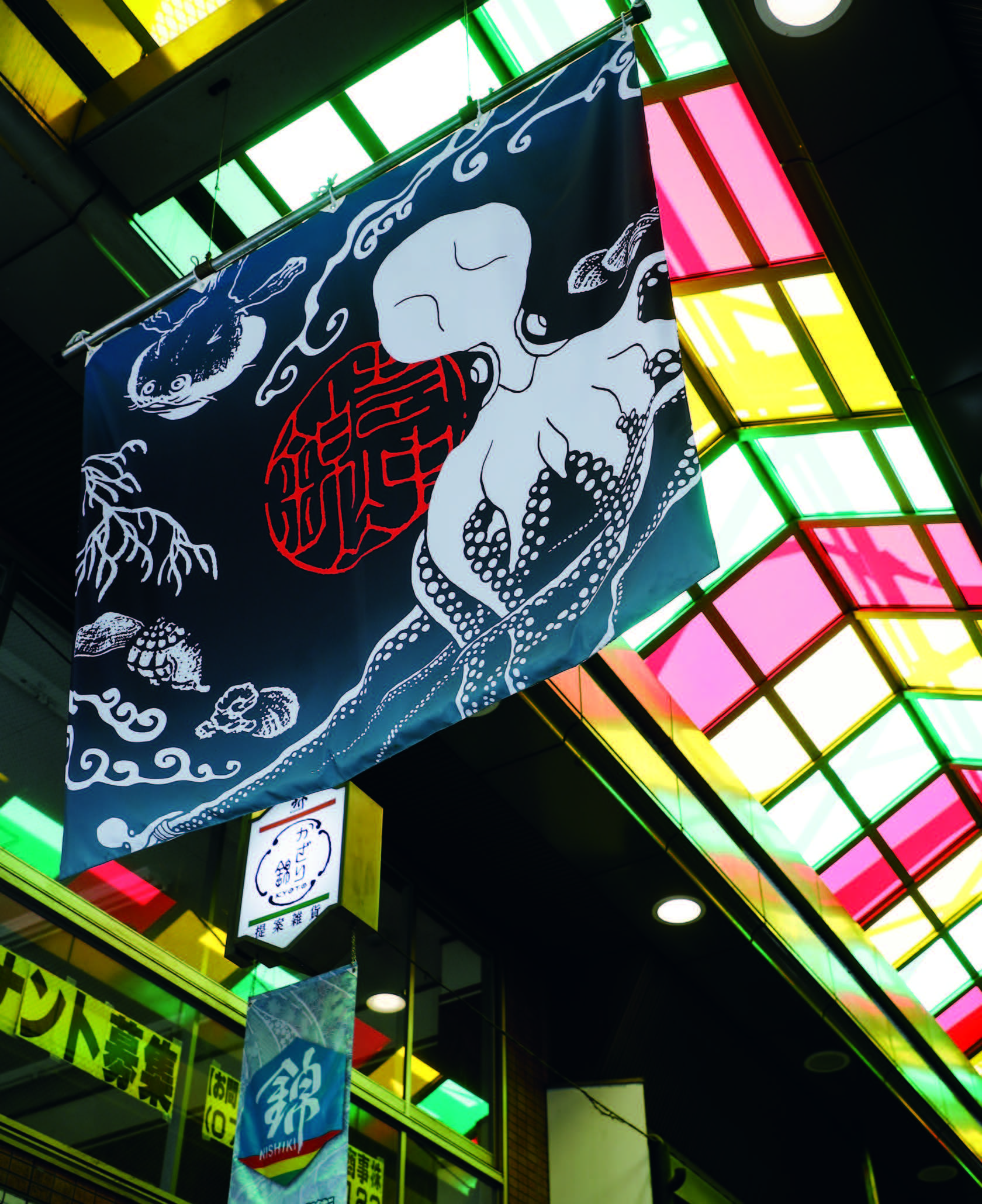
Composition/Takahashi Ayako, Goto Atsumi (this magazine)
This article is translated from https://intojapanwaraku.com/art/225383/






